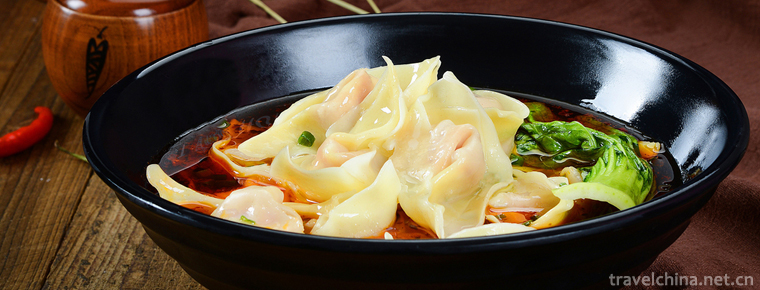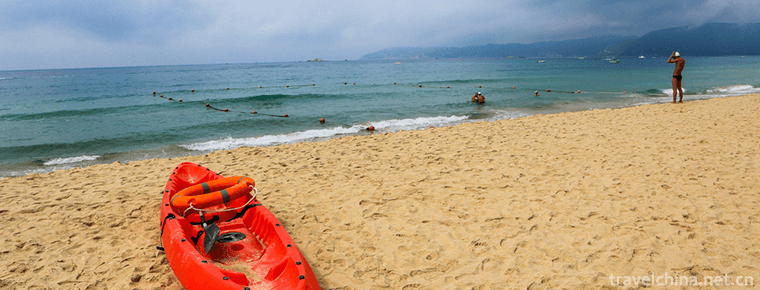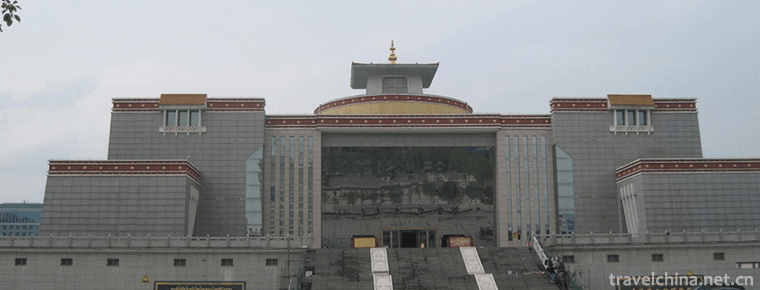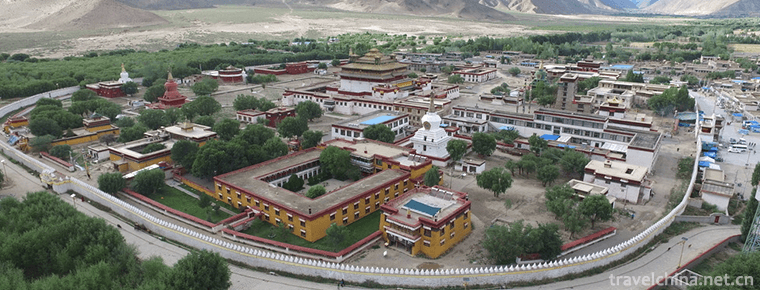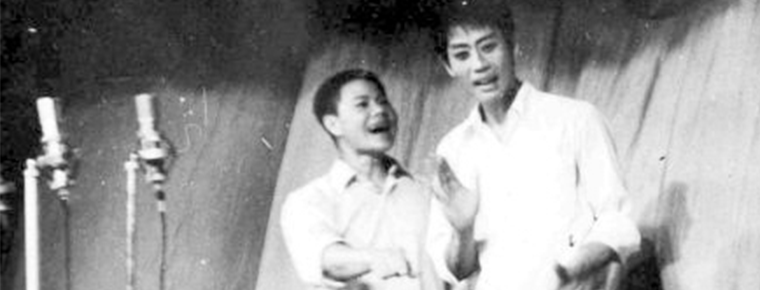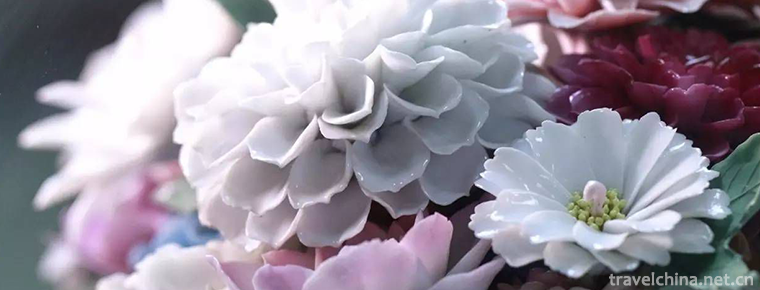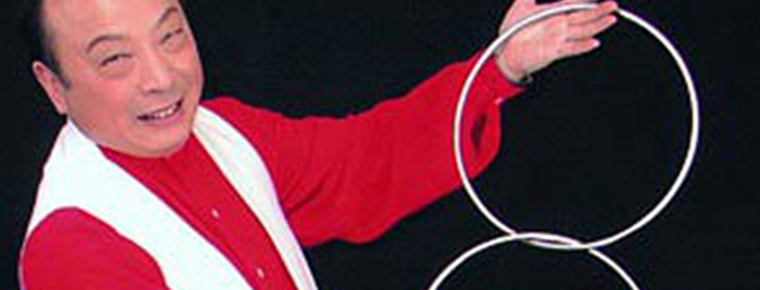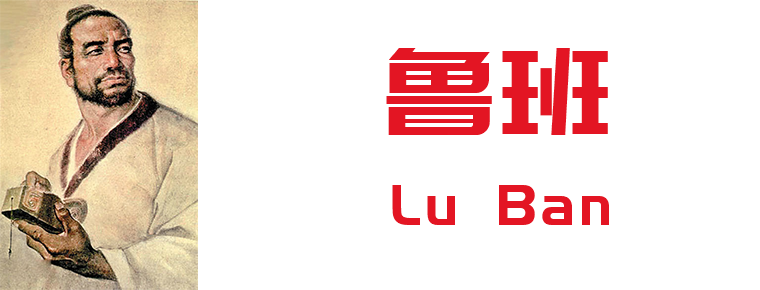Bezeklik Thousand Buddha Caves
The Qianfo Cave in Bozikrik is located on the cliff on the West Bank of the Wood Trench, 45 kilometers east of Turpan City, Xinjiang. There are 83 caves and 57 caves. Among them, there are more than 40 murals with a total area of 1200 square meters. They are the largest caves and the richest murals in the existing Grottoes in Turpan. They are one of the larger Buddhist grotto temple sites in Xinjiang.
In 1982, the State Council announced that the Qianfo Cave in Bozikrik was the second batch of key cultural relics protection units in China.
Historical evolution
The Qianfo Cave in Bozikrik is located on the cliff of the West Bank of Mugou, 45 kilometers east of Turpan City, under the Flame Mountain. There are 83 caves and 57 caves. Among them, there are more than 40 murals with a total area of 1200 square meters. They are the largest caves and the richest murals in the existing Grottoes in Turpan. They are one of the larger Buddhist grotto temple sites in Xinjiang. The Qianfo Cave in Bozikrik experienced a process of formation, prosperity and decline. Grottoes 17 and 18 were excavated in the late period of the Northern and Southern Dynasties in the 617th century. Cave 16 was excavated in the Middle Tang Dynasty. The mural of Cave 20 depicts the Uighur King Gaochang and the Queen. On the back wall of Cave 33, there is an expression of the intention of silent mourning of disciples after Buddha's Nirvana. Cave 38 is a cave that reflects the life scene of ancient Manichaeism. Cave 51 was built in Gaochang period of Uighur. Cave 69 is the cave in Cave 20. Grottoes 82 and 83 were small memorial caves built for Buddhist monks during the powerful period of Gaochang Uighur Kingdom in the 10th and 11th centuries A.D.
Bozikrik Thousand Buddha Cave, which was excavated in the late Northern and Southern Dynasties, has gone through seven centuries of long years in Tang, Five Dynasties, Song and Yuan Dynasties. It has been the Buddhist center in Gaochang area. Gaochang is the most prosperous period of grottoes. At the end of the 13th century, the Gaochang royal family moved eastward to Yongchang, Gansu Province. With the introduction of Islam into Turpan, Buddhism declined and the Bozikrik Thousand Buddha Cave declined. At the beginning of this century, they were repeatedly robbed and destroyed by Russian, German, British and Japanese powers. All the eyes of murals were dug out. The thousand Buddha cave in Bozikrik was worse than ever. Despite serious damage, the remaining Buddha seats are gorgeous and exquisite, and the remaining murals are rich in content and bright in color. The Bozikrik Thousand Buddha Cave is still a huge treasure house of culture and art. In 1982, it was declared by the State Council as a national key cultural relic protection unit.
Related background
There are more than ten grottoes and temples in Turpan, jointly known as Gaochang Grottoes, and Guizi Grottoes in Xinjiang. The Zhongyuan Grottoes, represented by Dunhuang Grottoes and Yungang Longmen Grottoes, and the Ajiantao Grottoes, India's largest grottoes, are equally famous. Gaochang Grottoes are one of the four representatives of Buddhist grotto art in the world.
The Bozikrik Grottoes are the most existing grottoes and the most abundant murals in Gaochang Grottoes. It used to be the Royal monastery of Gaochang Uighur Kingdom. In 1982, it was listed as a national key cultural relic protection unit.
The Bozikrik Grottoes are located on the West Bank of Mugou River, a gorge of Flame Mountain, about 40 kilometers northeast of Turpan, Xinjiang Uygur Autonomous Region.
"Bozikrik" means "hillside" in Uygur. Grottoes are scattered on the cliffs within a kilometer of the West Bank of the valley. They are built in three layers. There are 83 existing grottoes, including more than 40 murals. The total area of murals preserved is 1200 square meters. In 1982, it was listed as a national key cultural relic protection unit. The Bozikrik Grottoes began to be excavated in Gaochang State (499-640). Caves 18, 29 and 48 belong to this period. Cave No. 18 is a large cave with a central pillar. It is the earliest cave in the cave group that can see the contents of the murals clearly. The front chamber, the tunnel and the lower part of the tunnel were repaired and painted in the early period of Gaochang Uighur State. Only the upper part and the top of the tunnel completely preserved the contents of the early murals, i.e. the four-style FLAT-BASE pattern of painting, with a round collar and shoulder-style robe painted on the side wall, and the gesture of holding hands in front of the belly was different. At the junction of the top and the side walls, purlin and Fang are painted with realistic techniques.
After the development of Gong's Gaochang kingdom, Baizhilike was named Ningrong Temple in Tang Xizhou period. It was an important Buddhist Temple center in Xinjiang and had long been famous. The fact that most of the Beiting Grottoes protected Yang Xigu and rebuilt monasteries shows that the Bozikrik Grottoes had developed into a Buddhist holy place in Xiting area at that time. There are 16, 17, 25, 27, 31, 42 and 69 caves belonging to this period. A considerable part of the above caves were redrawn after the 11th century. During this period, murals mainly originated from large-scale classical paintings in the Central Plains. The new painting style of the flourishing Tang Dynasty entered the Gaochang Grottoes, pushing the artistic skills of line modelling to the peak. The lines of the pictures are concise, smooth, powerful, few strokes and both physical and spiritual.
During the period of Gaochang Uighur Kingdom, Ningrong Temple became the Wangjia Temple, where most of the Gaochang kings built caves. The Bozikrik Grottoes are the most abundant relics of the Gaochang Uighur Period. There are 14, 20, 31, 33, 39, 41 and 82 Grottoes which are typical of this period. Frescoes are more abundant than before. There are various Bodhisattva statues, large-scale alterations, narrative pictures, thousand Buddha caves, offering Bodhisattva ranks, eight tianlong, four great heavenly kings, offering people and offering monks and various decorative patterns, and there are innumerable sincere offerings of Buddha in his previous life. Eventually, the story of his own origin of Buddhism and the combination of painting and sculpture of deer Wild Garden have emerged. The First Transfer Method and the themes of Midu.
Historical imprint
Bozikrik Grottoes were excavated in the 4th century A.D. and flourished in 840 years. There are 83 grottoes. Between 1904 and 1913, 90% of the murals in Burzkrik were cut off by four expeditions and shipped abroad in batches. They are now collected in the Indian Art Museum in Berlin, Germany, the Amitash Museum in St. Petersburg, Russia, the Tokyo National Museum in Japan, the British Museum, the Indian National Museum and the Korean National Museum.
Tourism information,
Get accommodation
The accommodation in Turpan has a great feature. Almost every hotel in the city has vineyards or vineyards, and every hotel has Xinjiang Uygur singing and dancing performances, so that guests can walk under the vines, rest and taste grapes. We can also find all kinds of hotels and hotels. The more upscale ones are the Turpan Hotel, the Turpan Hotel on Youth Road and the Oasis Hotel. If you want to spend the night in the Grape Valley, you can choose the Grape Villa in the Valley, which is a two-star hotel.
Economic and affordable hostel can be found everywhere in Turpan City, the price is 25-50 yuan, June to September is the peak period of tourism in Turpan, the room may be very tense, it is best to consult and book in advance, or call a hotel before you get off the bus.
If you come to Turpan in summer, you must stay in a hotel with air conditioning. If there is no air conditioning, the temperature is unbearable.
Delicious food
Mix noodles, commonly known as pull noodles, is a kind of wheat flour products made directly by hand without rolling or pressing, plus the mix noodles (delicious). Draw strips are made of good flour and flour, and they are round strips, hence the name. In the flavor snacks, pulling sticks is very popular among people of all nationalities. It is flexible and slender, round and smooth, and tastes unique.
Specialty
Grape, Parazi, flower cap, seedless white grape and other characteristics. The ancient Persian seedless white grape is called "Sudan", the Central Asian countries are called "White Kishmish", and the ancient Chinese grapes are called "exotic stone honey food", "green grape" and "rabbit's eye".
Other
Tickets: $40
Open hours: all day
Address: Cliffs on the West Bank of Mugou Valley in the middle section of Flame Mountain, 45 km east of Turpan
Instructions for play
1. Because Qianfo Cave is located on the cliff hillside, please do not visit the unopened area during the visit, in order to avoid danger.
2. Photographs and videos are not allowed in the Qianfo Cave. Please pay attention when visiting, otherwise you will face exposure and fines.
3. Please don't touch murals, smoke in caves, etc.
4. For other tour items, please pay attention to the specific tour instructions of the scenic spots when you visit.
5. After visiting the Thousand Buddha Cave, you can visit the following scenic spots nearby.
6. The Ancient Tombs of Astana, 12 kilometers from the Thousand Buddha Cave.
7. Gaochang Old Town, 15 kilometers from Qianfodong.
8. Flame Mountain, 13 kilometers from Qianfodong.
.
Traffic information
The traffic to Qianfodong is convenient, the road is flat, and the standard second-class highway of the special tourist line. You can travel in the following different ways according to your personal needs. ?
Taxi: Charlie's round trip (one hour) is about 80 yuan per car. Xiali is delivered to Qianfodong one way for about 50 yuan per car.
B. Bus: Take a bus from Turpan to Shanshan or Sanbao Township, get off at Shengjinkou, change to a local passenger tricycle or take a hitchhike to Qianfodong (5 yuan per person in Turpan and 6 yuan in Jinkou).
C. One-day tour: Every morning from the Turpan Hotel at 8:30 Beijing time, take a one-day tour bus from Turpan. You can visit most of the tourist attractions, but the only shortcoming is that the stay time of each attraction is too short. Price: 45 yuan per person, starting at more than four people.
D. One-day tour taxi: eight tourist attractions can be visited. The price is negotiated between the tourists and the owners. Reference price: Santana, Fukang 200-300 yuan per car; Xiali and Sko 160-220 yuan per car; surface (six seats) 120-180 yuan per car. Visit: Jiaohe Old City, Gaochang Old City, Sugong Pagoda, Grape Valley, Thousand Buddha Cave, Astana Tomb, Kanerjing, Turpan Museum, Flame Mountain.
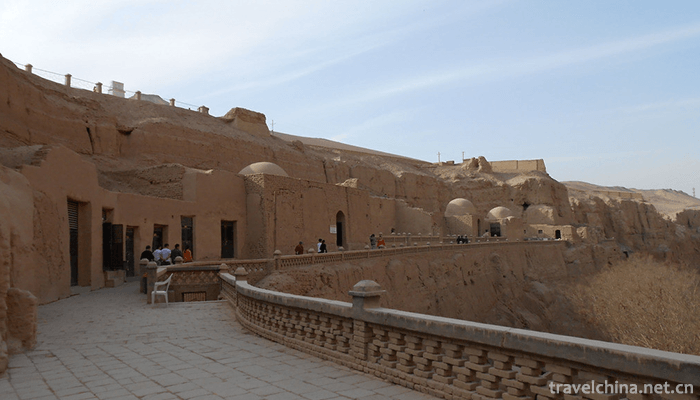

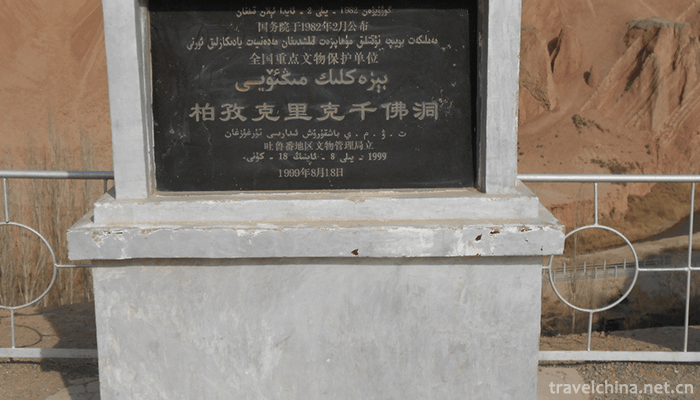
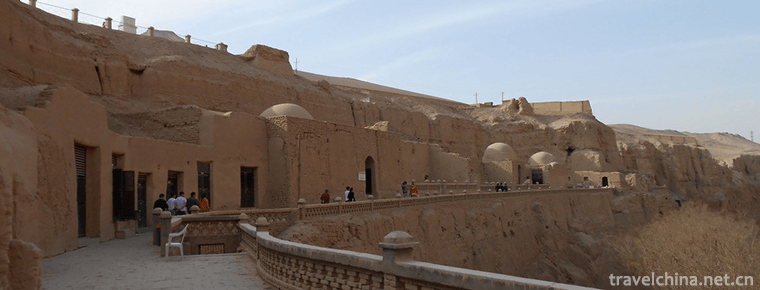
Bezeklik Thousand Buddha Caves
-
Longwan Seaside Scenic Area
Longwan Beach, also known as Longwan Beach Scenic Area, spans Xingcheng City and Longgang District. The total length of the coastline is more than 3000 meters, covering an area of 10.9 square kilomete
Views: 154 Time 2019-02-06 -
Qinghai Tibetan Medicine Culture Museum
Qinghai Tibetan Medicine and Culture Museum was built in 2006, with a total construction area of 12,000 square meters. It is the only comprehensive museum reflecting
Views: 195 Time 2019-02-07 -
angye Temple
Sangye Temple, also known as Cunxiang Temple and Wubian Temple, is located in Sangye Town, Zaburg County, Shannan District, Tibet Autonomous Region, under the Habu Mountains on the North Bank of the Y
Views: 194 Time 2019-02-07 -
Answer drum
Answer drums are popular in Quanzhou City, Fujian Province, other areas in southern Fujian Province and Taiwan Province, Hong Kong and Macao, as well as among overseas Chinese
Views: 192 Time 2019-04-22 -
Firing Techniques of Fengxi Porcelain
Fengxi Porcelain Firing Technology, a local traditional technology in Fengxi District, Chaozhou City, Guangdong Province, is one of the national intangible cultural heritage.
Views: 805 Time 2019-04-29 -
Fouriers Magic
Fu Tenglong, a national first-class actor and famous magic performer, is a member of the art team in the 1950s. Fu Tenglong was born in a magic family. He is an international magician who integrates p
Views: 359 Time 2019-05-04 -
Gong Shuban Lu Ban
Luban (507 BC - 444 BC), Lu people in the spring and Autumn period. Ji surname , a two-character surname Name, class, person. Public transport plate , Public like , Class lose It is also known as &quo
Views: 219 Time 2019-09-07 -
Cultural undertakings in Panzhihua
As of the end of 2018, Panzhihua has 3 museums and exhibition halls; 50 cultural (Art) museums, including 44 cultural stations and 8 theatres and cinemas; and 6 public libraries, with a total collection of 990800 books. There are 43 Township radio and television stations and
Views: 263 Time 2020-12-14 -
Luzhou natural resources
The total amount of water resources in Luzhou is 6.657 billion cubic meters per year. The groundwater reserves are rich, reaching 1.065 billion cubic meters per year, among which Xuyong and Gulin counties in the south are the richest. The structural fissure water in the south
Views: 361 Time 2020-12-14 -
Deyang science and technology
In 2018, Deyang City won 141 provincial projects, including 108 provincial science and technology plan projects and 33 Provincial Intellectual property projects. There are 32 provincial patent implementation projects. 184 high-tech enterprises. A total of
Views: 163 Time 2020-12-14 -
Meishan mineral resources
There are 25 kinds of minerals in Meishan, mainly including coal, natural gas, iron, copper, lead, zinc, manganese, placer gold, glauberite, gypsum, bentonite, phosphorus, dolomite, cement limestone, magnesite, granite for facing, vein quartz, crystal, quartz sandstone,
Views: 278 Time 2020-12-18
